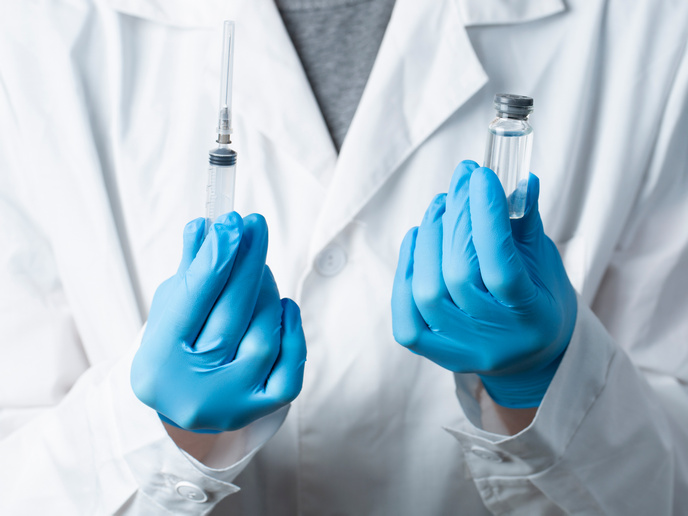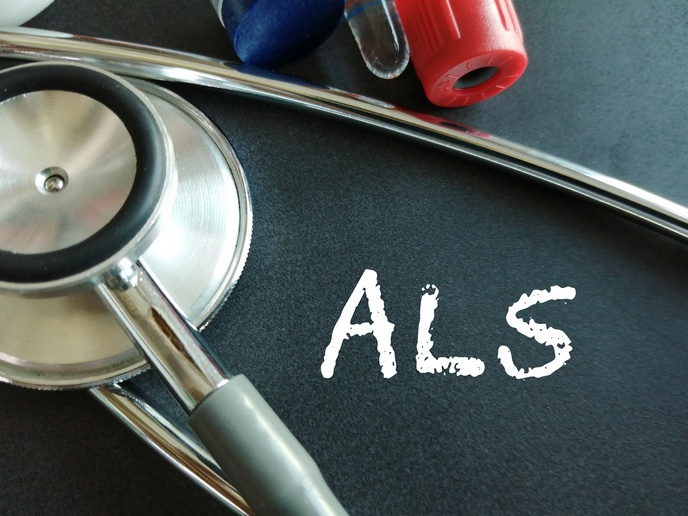Smart device automatically delivers insulin to type 1 diabetes sufferers
Type 1 diabetes accounts for 5–10 % of all diabetes cases(opens in new window), thought to currently stand at 463 million globally(opens in new window). Sufferers risk hypoglycaemia(opens in new window) which can lead to discomfort, dizziness, or even coma and death. Longer-term complications from hyperglycaemia(opens in new window) can cause blindness, amputation, renal failure or cardiovascular conditions. Current treatment involves daily blood monitoring of glucose levels to determine the appropriate dose of compensatory insulin to be injected with a syringe or pump. As this dose is usually calculated several times a day by patients themselves, it places a burden on their daily life. The EU-supported D2P project has developed an insulin delivery device to offer automated and personalised treatment. “Although the underlying algorithm is complex, the device is easy to set up and use. It is also interoperable, making it compatible with different insulin pumps and future-proofed for new devices,” says chief executive office Erik Huneker from Diabeloop(opens in new window), the project host.
The AI-driven system
With the D2P project’s DBLG1 system(opens in new window), glucose levels are taken by a continuous glucose monitoring system worn by the patient and transmitted every 5 minutes via Bluetooth to a dedicated handset. An algorithm, developed by the project, analyses this data – alongside data about the patient’s physiology, history and activities, such as meals and exercise – to determine the correct dose of insulin to administer. This collective data is displayed on a web-based platform called YourLoops, with the system’s software updated using over-the-air technology(opens in new window). “The continued optimisation of the system relies on the ongoing development of our core algorithm which enables ever more precise personalisation,” explains Huneker. The artificial intelligence solution comprises different decision-making modules. The ‘safety first’ module identifies the risk of hypoglycaemia (the most significant short-term risk). If detected, insulin delivery is stopped, and while the risk persists a warning is triggered. If no risk is detected, the system activates the ‘physiological’ module – an advanced algorithm for analysing the last 48 hours of patient data to personalise a system response. The ‘expert’ module models decisions normally made by a diabetologist, taking over from the physiological module in situations that are harder to routinely analyse. Lastly, the ‘self-learning’ module analyses several weeks of patient data to further customise the system by incrementally updating physiological parameters. Once prescribed by a physician, the device is fitted either in a hospital or by a diabetic nurse. To roll out the system, the project team can either train healthcare providers or deliver train-the-trainer packages.
Transforming healthcare
The results of a French study(opens in new window) involving 25 patients over 6 months have already been published, finding that the system significantly improves glycaemic control in real-life situations without serious adverse effects. To date, Diabeloop has signed development and commercial agreements with partners such as ViCentra(opens in new window) in the Netherlands, Roche Diabetes Care(opens in new window) in Switzerland and Terumo Corporation(opens in new window) in Japan. The system is currently available in Switzerland, Germany, Spain, Italy and the Netherlands, with a launch expected soon in France and other European countries to follow. “Despite COVID-19, we have managed to maintain our commercialisation plans with a strong uptake internationally, especially in Germany,” adds Marc Julien, Diabeloop co-CEO. The team will continue to update the system’s automation, personalisation and interoperability, and with anonymised data has developed a simulator to perform virtual clinical trials before testing the system on real patients.







